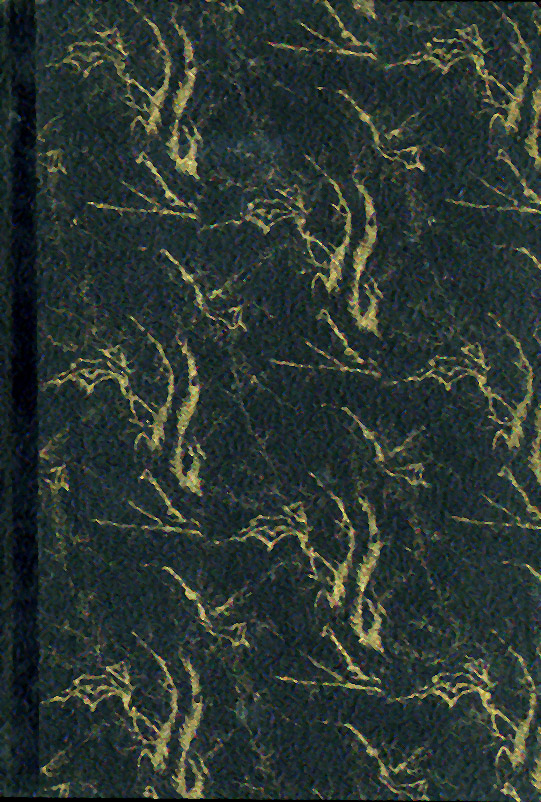What do you think?
Rate this book


209 pages, Hardcover
First published January 1, 1929
Now it was in the night season of his marriage eve that a dream came upon King Alfgar. Through his dreaming a music went wandering. It was a far-off music not very clearly heard, and a music, which, he knew, was not of this world. But there was a sorcery in this bitter music he knew also, for it held him motionless. (p. 23)
Some say this Horvendile is that same Madoc who first fetched Ettarre from out of the grey Waste Beyond the Moon, to live upon our earth in many bodies. The truth of this report is not certainly known. But it is known that these two pass down the years in a not ever ending severance which is their union. And it is known that in their passing they allure men out of the set ways of life, and so play wildly with the lives of men for their diversion. As they beguiled Alfgar, so have these beguiled a great sad host of other persons upon whom Horvendile and Ettarre have put a summoning for their diversion’s sake, lest these two immortals should think too heavily of their own doom. (pp. 150-151)